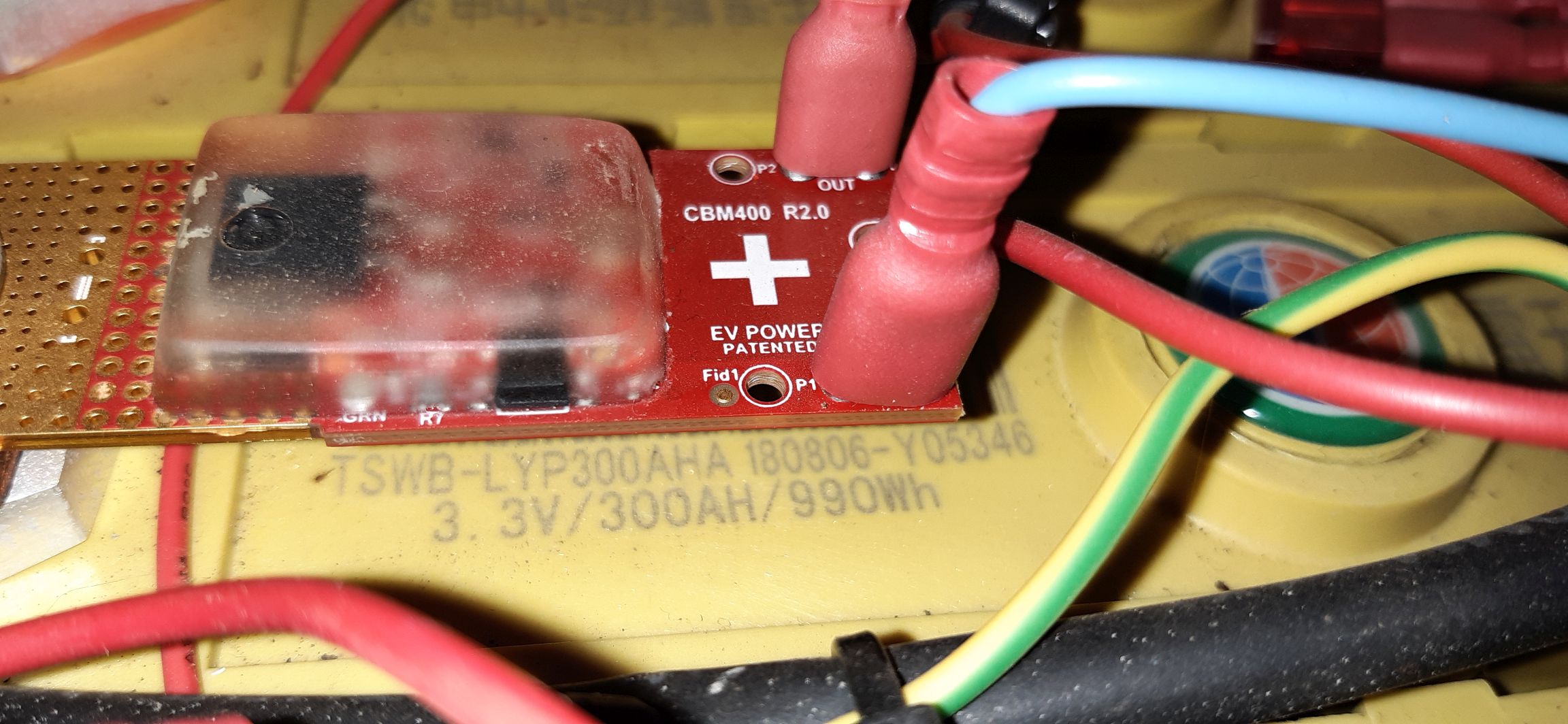I turned off my MPPT for several days and let my 100 Ah LiFePO get down to 13.1v with a small load. Turned solar back on and waited until it reached float stage (2+ days later). My MPPT stats say it took 1060 watt-hours to get back to full charge.
Now, I know watts are IxV. However, what should I use as "V" to calculate the total Ah needed to get back to full charge? Actually, the difference between 13.1 and 14.0 is only about 5 Ah (81 VS. 76), but I'm curious.
Thanks,
Ralph
- Home
- Anonymous
- Sign in
- Create
- Spaces
- Grafana
- Node-Red
- Unsupported topics
- Questions & Answers
- Modifications
- Communauté francophone
- Deutschsprachiger Bereich
- Preguntas en Español
- Explore
- Topics
- Questions
- Ideas
- Articles
- Badges
question
Calulating amp-hours from MPPT watt-hours?
On lifepo4 you cannot use voltage at all to tell state of charge or used AH as their discharge curve it so flat and there is little difference between charged and flat voltage.
The difference of almost 1v can represent 50 to 100ah.
The formula for conversion is WH/V = AH.
1060 / 13 = 81AH (maybe slightly less as the voltage rises during charge and i assume you still had your load conneted at the same time?)
So your battery was 80% discharged if you charged up with no other loads connected.
Your battery full will have 100AH x 14v = 1040WH total capacity. This also it not cut and dried especially if you are not drawing the the c rating of the battery and of course the temperature the battery is installed in.
Related Resources
question details
27 People are following this question.

